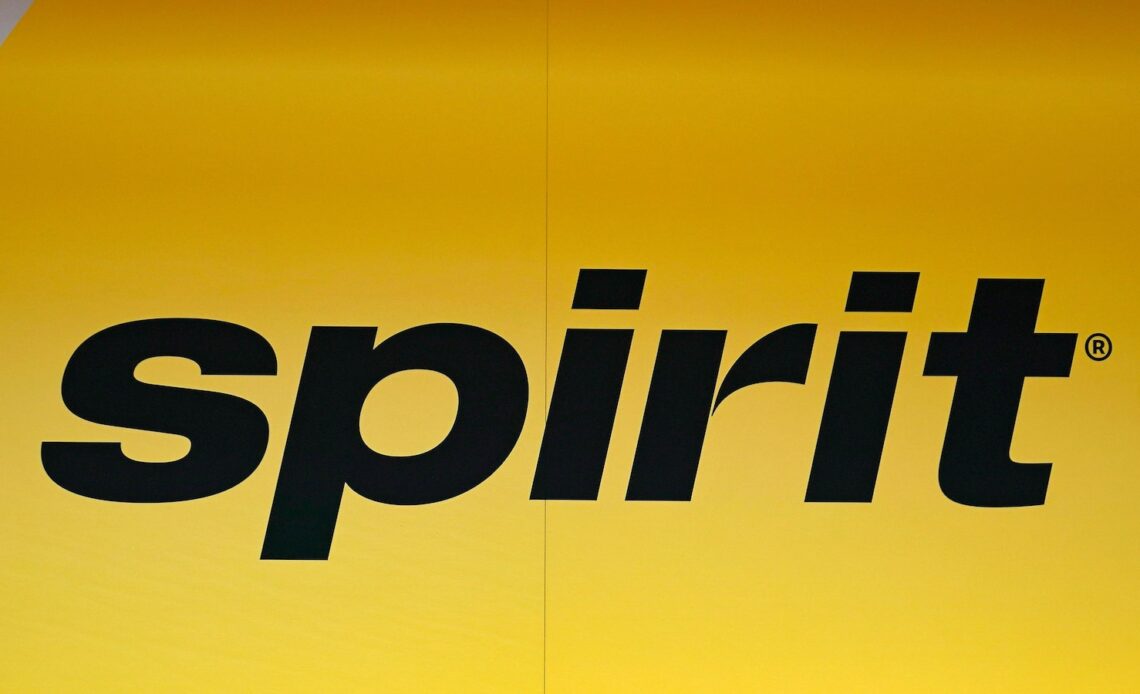Spirit Airlines said Monday that it has filed for bankruptcy protection and will attempt to reboot as it struggles to recover from the pandemic-caused swoon in travel, stiffer competition from bigger carriers, and a failed attempt to sell the airline to JetBlue.
Spirit, the biggest U.S. budget airline, filed a Chapter 11 bankruptcy petition after working out terms with bondholders. The airline has lost more than $2.5 billion since the start of 2020 and faces looming debt payments totaling more than $1 billion in 2025 and 2026.
The airline said it expects to continue operating normally during the bankruptcy process. Spirit told customers Monday they can book flights and use frequent-flyer points as they ordinarily would, and said employees and vendors would continue getting paid.
The airline said it received commitments for a $350 million equity investment from existing bondholders and will convert $795 million of their debt into stock in the restructured company. The bondholders will also extend a $300 million loan that, combined with Spirit’s remaining cash, will help the airline get through the restructuring.
The airline’s shares dropped 25% on Friday, after The Wall Street Journal reported that the airline was discussing terms of a possible bankruptcy filing with its bondholders. Spirit, based in Dania Beach, Florida, missed a deadline for filing its third-quarter financial results but announced that its operating margin would indicate a bigger loss than the company had in the same quarter last year.
Those were just the latest in a series of blows that have sent the stock crashing down by 97% since late 2018 — when Spirit was still making money.
CEO Ted Christie confirmed in August that Spirit was talking to advisers of its bondholders about the upcoming debt maturities. On Monday, he called the deal with bondholders “a strong vote of confidence in Spirit and our long-term plan.”
People are still flying on Spirit Airlines. They’re just not paying as much.
In the first six months of this year, Spirit passengers flew 2% more than they did in the same period last year. However, they are paying 10% less per mile, and revenue per mile from fares is down nearly 20%, contributing to Spirit’s red ink.
It’s not a new trend. Spirit failed to return to profitability when the coronavirus pandemic eased and travel rebounded. There are several reasons behind the slump.
Spirit’s costs, especially for labor, have risen. The biggest U.S. airlines have…
Click Here to Read the Full Original Article at ABC News: Business…

